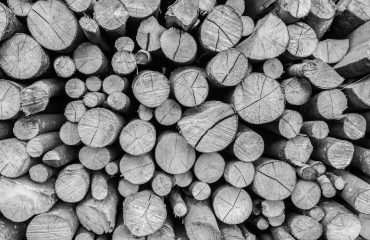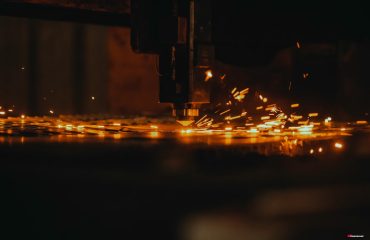Steel, the backbone of modern construction and countless industries, undergoes a dramatic metamorphosis from its raw state to its finished form. Understanding the differences between raw and finished steel is crucial for anyone involved in engineering, manufacturing, or construction. This post delves into the key distinctions, highlighting the properties, applications, and processes involved in each stage.
1. The Birth of Steel: Understanding Raw Steel
Raw steel, also known as pig iron or molten steel, is the initial product of the steelmaking process. It’s produced in a blast furnace through the reduction of iron ore with coke and limestone. This process yields a molten metal that’s high in carbon (typically 3.5-4.5%), along with other impurities like silicon, manganese, phosphorus, and sulfur. These impurities significantly affect the properties of the raw steel, making it brittle, hard to work with, and unsuitable for most applications. Its appearance is typically a shimmering, molten liquid, highly reactive and requiring immediate further processing.
The high carbon content makes raw steel extremely hard but also very brittle. This means it’s prone to cracking under stress and lacks the ductility (ability to deform without breaking) needed for most structural applications. Furthermore, the presence of impurities leads to inconsistencies in its properties, making it unreliable for precise engineering tasks.
2. The Refining Process: From Raw to Intermediate Steel
Raw steel undergoes a series of refining processes to remove impurities and adjust its chemical composition. This crucial step transforms the brittle, impure molten metal into a more workable and reliable material. Common refining methods include the basic oxygen furnace (BOF) and electric arc furnace (EAF) processes. These processes involve blowing oxygen through the molten steel to oxidize impurities, reducing their concentration and improving the steel’s overall quality.
The refining process allows for precise control over the steel’s chemical composition, enabling manufacturers to tailor its properties to specific applications. For instance, the carbon content can be reduced to achieve desired levels of strength, ductility, and weldability. Alloying elements, such as chromium, nickel, and molybdenum, can also be added during this stage to enhance specific properties, such as corrosion resistance or high-temperature strength.
3. Shaping and Forming: The Journey to Finished Steel
Once refined, the steel is cast into various shapes, commonly as slabs, blooms, or billets. These intermediate forms are then further processed through various techniques, such as hot rolling, cold rolling, forging, or extrusion, to achieve the desired final shape and dimensions. Hot rolling involves passing the steel through rollers at high temperatures, making it easier to deform and allowing for large reductions in thickness or cross-sectional area. Cold rolling, performed at room temperature, yields higher precision and improved surface finish.
The shaping and forming processes significantly influence the final properties of the finished steel. For example, hot rolling can improve the steel’s strength and ductility, while cold rolling enhances its surface finish and dimensional accuracy. Forging, which involves shaping the steel using compressive forces, can create complex shapes with high strength and toughness.
4. Properties and Applications: A Tale of Two Steels
The differences between raw and finished steel are stark. Raw steel is brittle, impure, and unsuitable for most applications. Finished steel, on the other hand, exhibits a wide range of properties depending on its composition and processing. It can be strong, ductile, weldable, corrosion-resistant, and possess other desirable characteristics. Finished steel finds applications in countless industries, including construction, automotive, aerospace, and manufacturing.
Examples include structural steel used in buildings and bridges, stainless steel used in kitchen appliances and medical instruments, and high-strength low-alloy (HSLA) steel used in automotive components. The versatility of finished steel stems from the precise control over its composition and processing, enabling manufacturers to tailor its properties to meet specific performance requirements.
5. Cost and Considerations: Choosing the Right Steel
The cost of raw steel is significantly lower than that of finished steel, primarily due to the added processing and refining steps involved in producing finished products. However, using raw steel directly in applications is impractical and unsafe due to its inherent properties. The choice between different types of finished steel also involves trade-offs between cost, performance requirements, and aesthetic considerations.
Factors to consider when selecting steel include its strength, ductility, weldability, corrosion resistance, cost, and availability. Engineers and designers carefully evaluate these factors to choose the most appropriate type of steel for their specific application, ensuring optimal performance, safety, and cost-effectiveness.
In conclusion, the journey from raw steel to finished steel is a transformative process that significantly alters its properties and applications. Understanding this transformation is critical for anyone working with this essential material.
SEO Tags: Raw steel, finished steel, steel manufacturing, steel properties, steel applications




